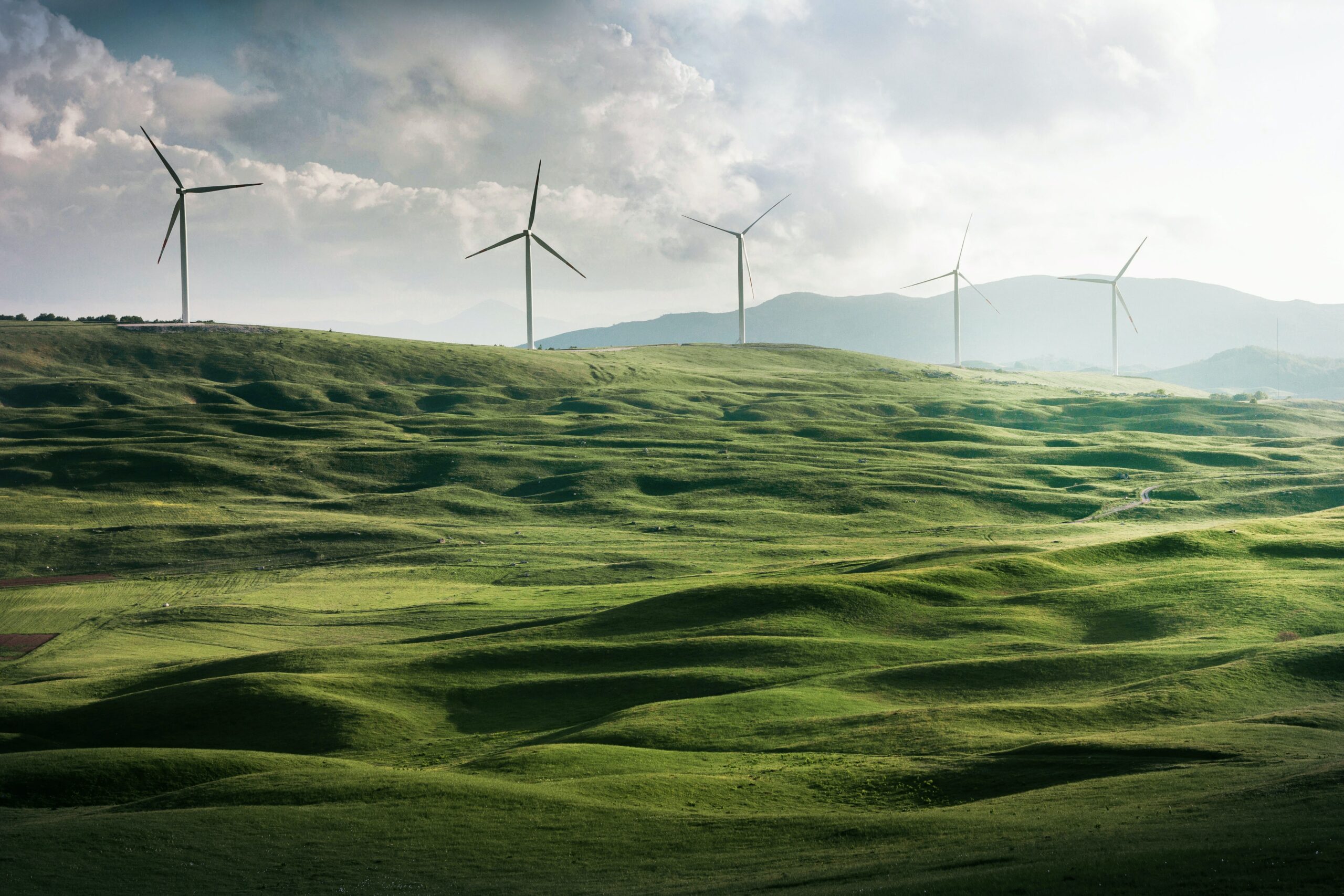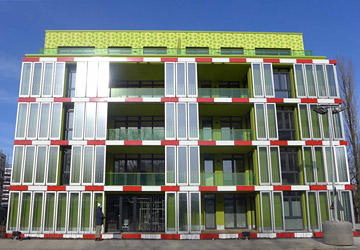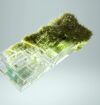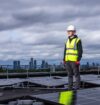The World's First BioAlgae Building
Microscopic algae used to generate hot water
The world’s first eco-building to use algae to generate heat as part of its systems was opened in Germany earlier this year. The BIQ house is a prototype passive-energy technology demonstrator which was built as part of this year’s International Building Exhibition (IBA) in Hamburg. With 200m² of integrated photo-bioreactors, this innovative house generates microalgae biomass and heat as renewable energy resources, as well as using other modern eco technologies such as thermal insulation, dynamic shading and noise insulation.
The building is a partnership between architects Arup, Austrian art innovators Splitterwerks, and the innovative façade system is the result of three years of research and development by Colt International based on a bio-reactor concept developed by SSC Ltd and design work led by Arup. Funding support came from a German Government research initiative.

“Using bio-chemical processes in the façade of a building to create shade and energy is a really innovative concept. It might well become a sustainable solution for energy production in urban areas, so it is great to see it being tested in a real-life scenario,” says Jan Wurm, Arup’s Europe Research Leader.
The building is to be residential, with four storeys of homes for people to live in. The microalgae used in the facades are cultivated in flat panel glass bioreactors measuring 2.5m x 0.7m, which can be seen in the photos. In total, 129 bioreactors have been installed on the south west and south east faces of the building. The heart of the system is the fully automated energy management centre where solar thermal heat and algae are harvested in a closed loop to be stored and then fermented to generate hot water.
Visit GreenJobs for the latest Eco Jobs.




